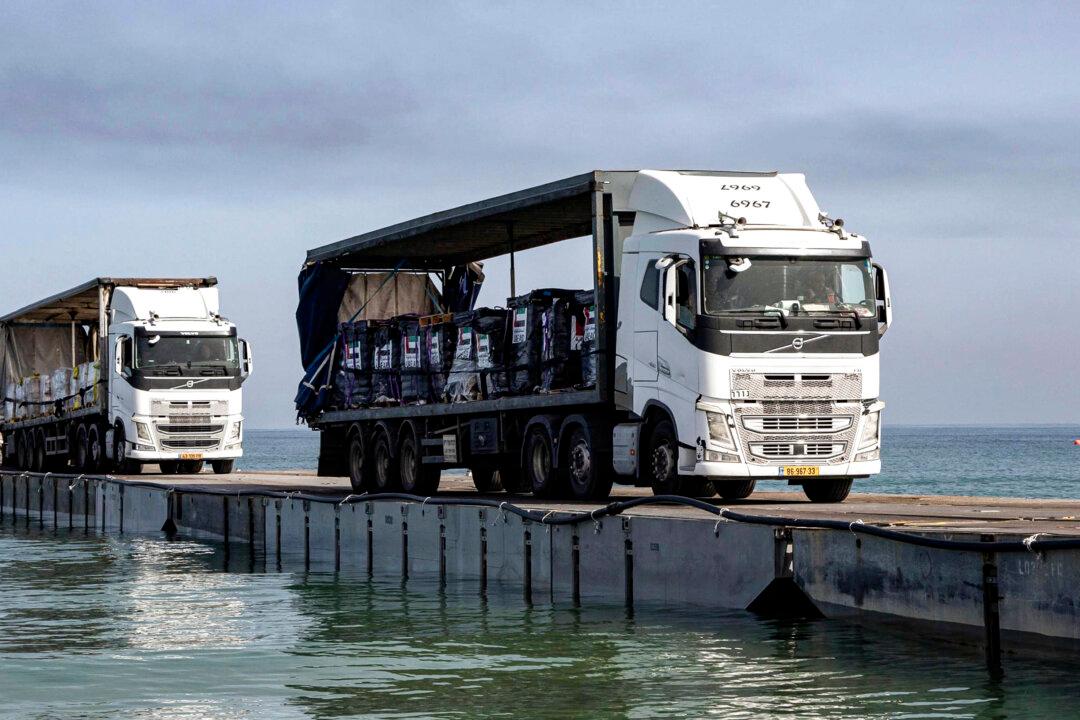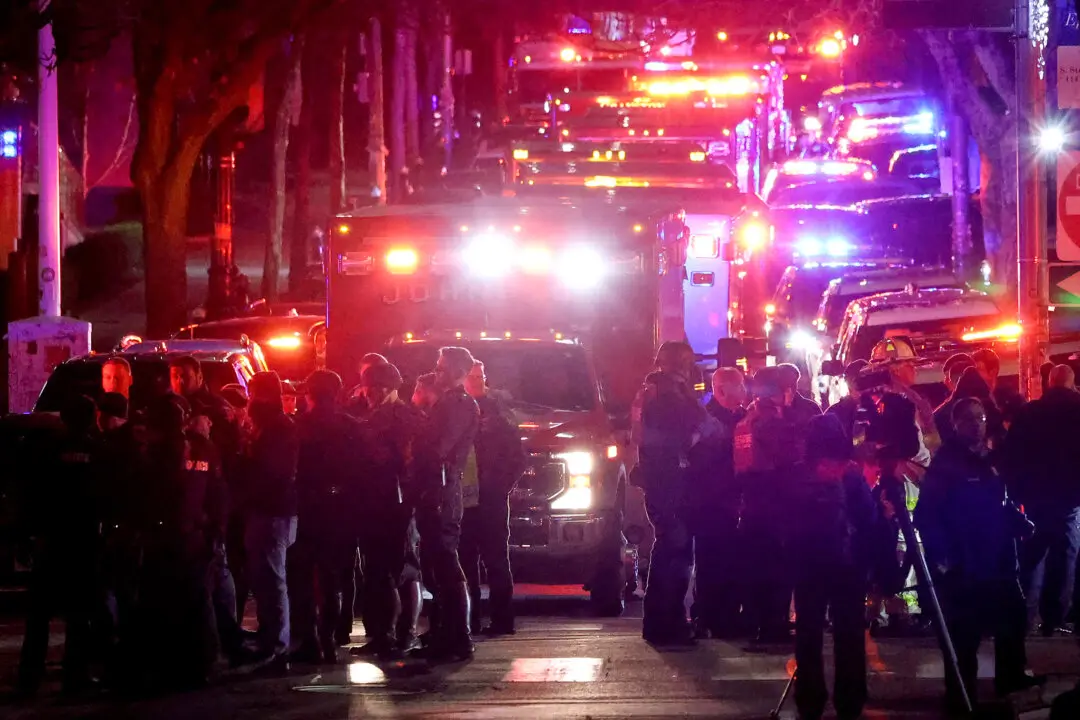The offices of the inspectors general for the U.S. Department of Defense and the U.S. Agency for International Development (USAID) are both launching reviews into the temporary Gaza humanitarian aid pier, which has operated in fits and starts amid delays and inclement weather.
On June 27, the Pentagon’s inspector general and USAID’s inspector general jointly said they would conduct separate reviews covering their respective areas of focus as they relate to the temporary structure, also referred to as the Trident Pier.





